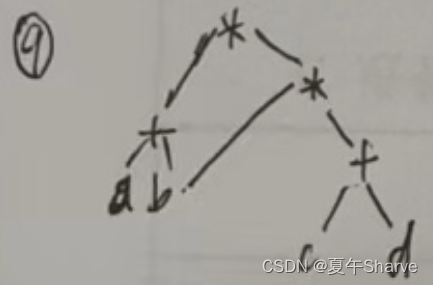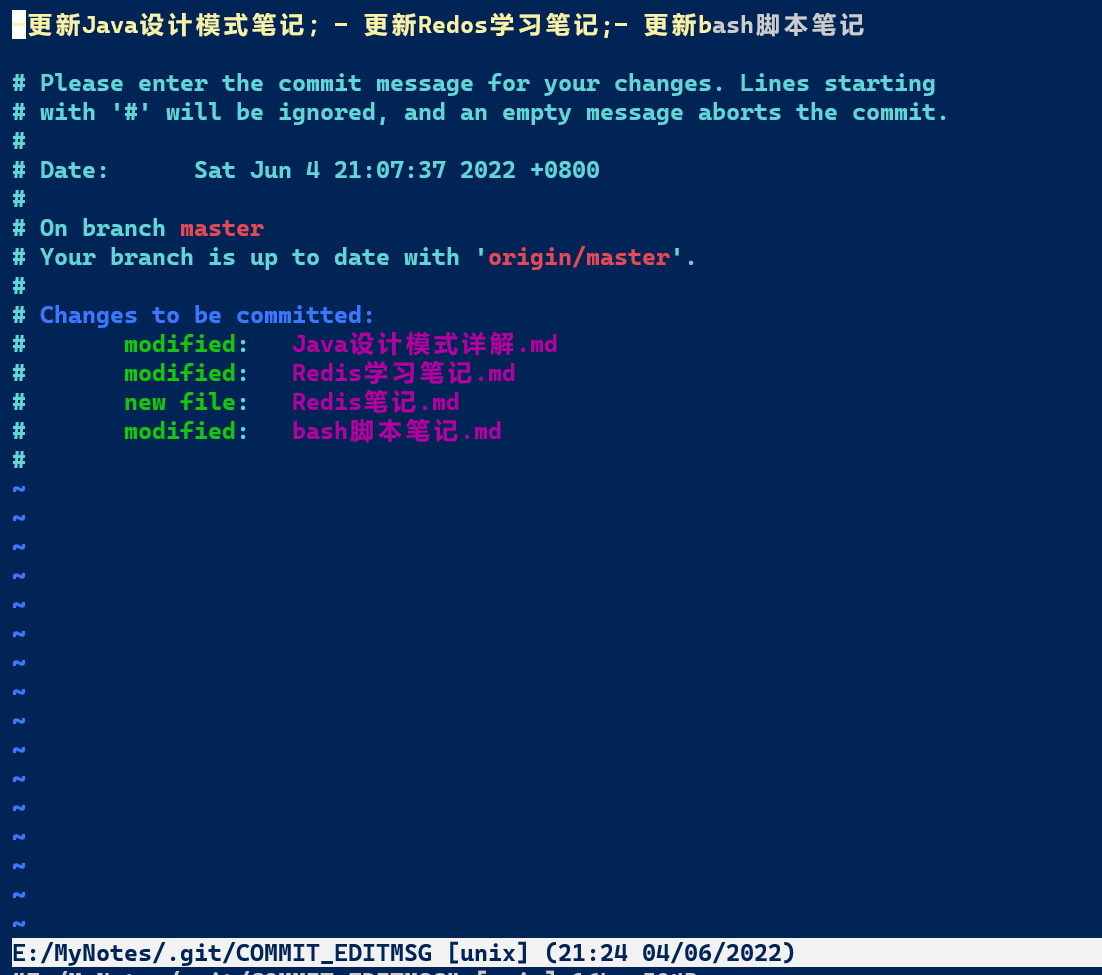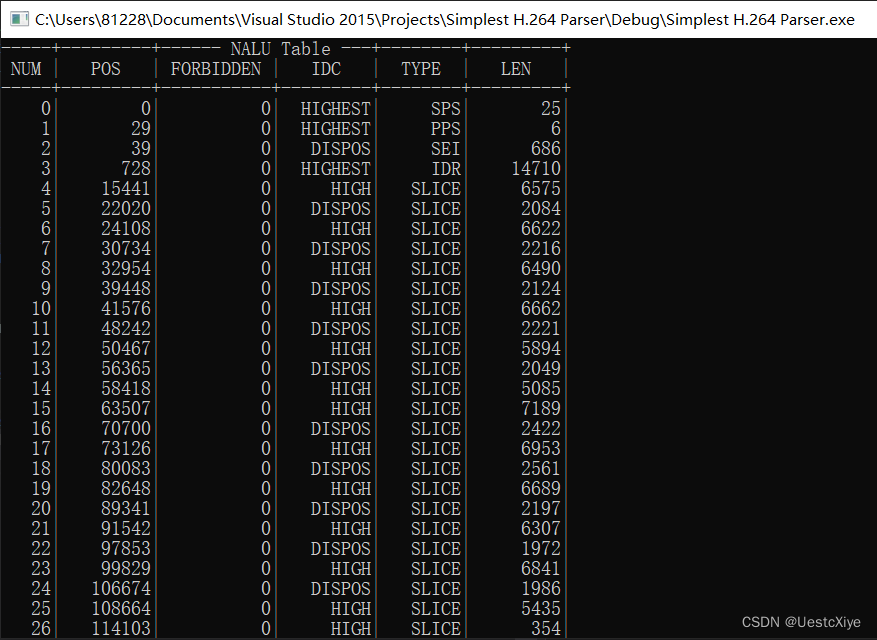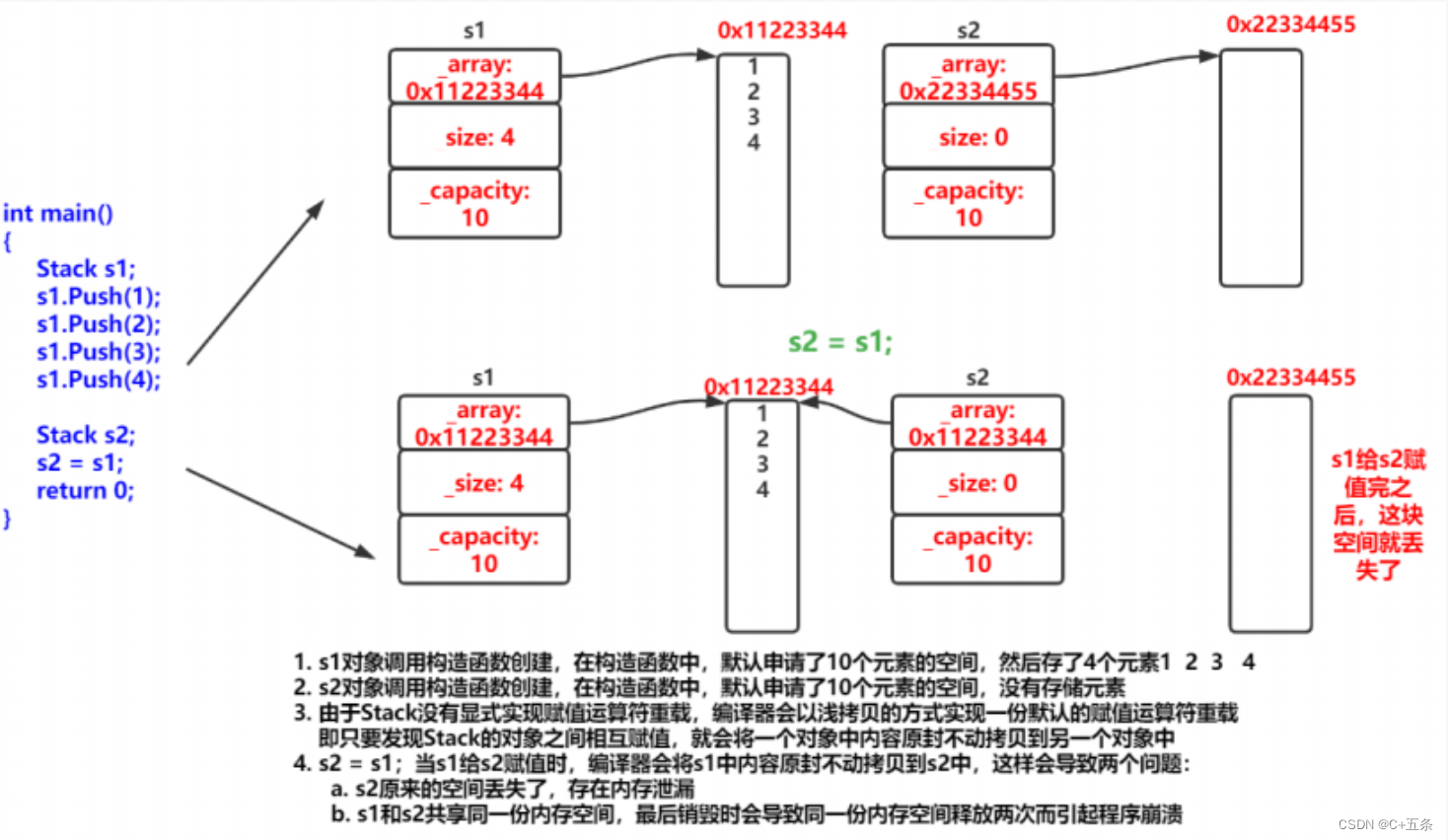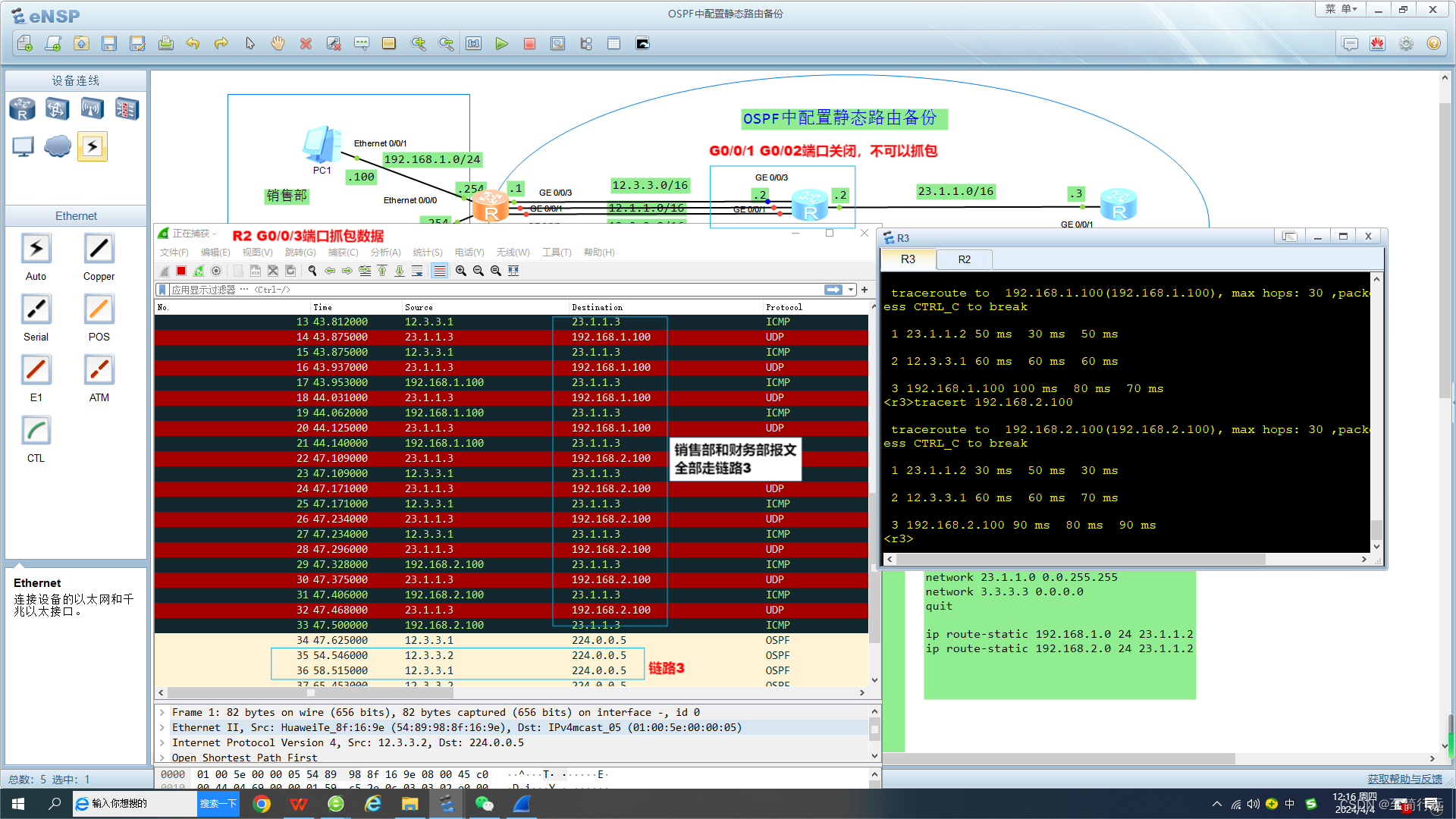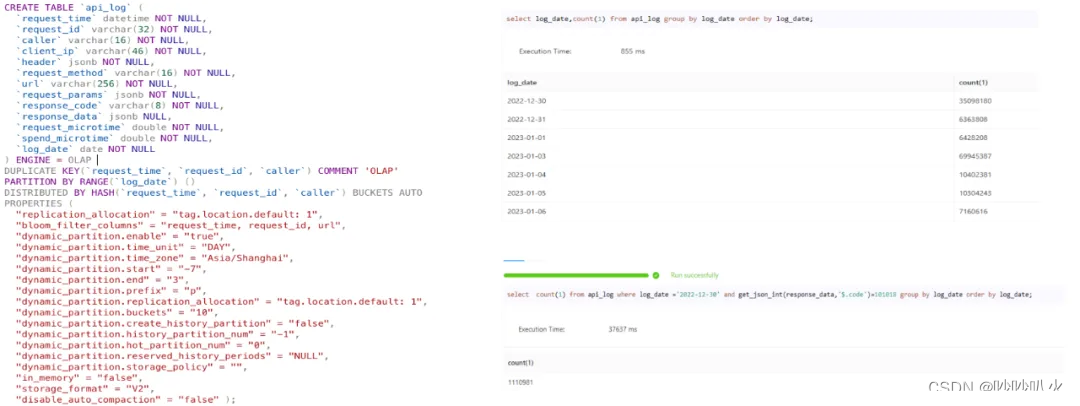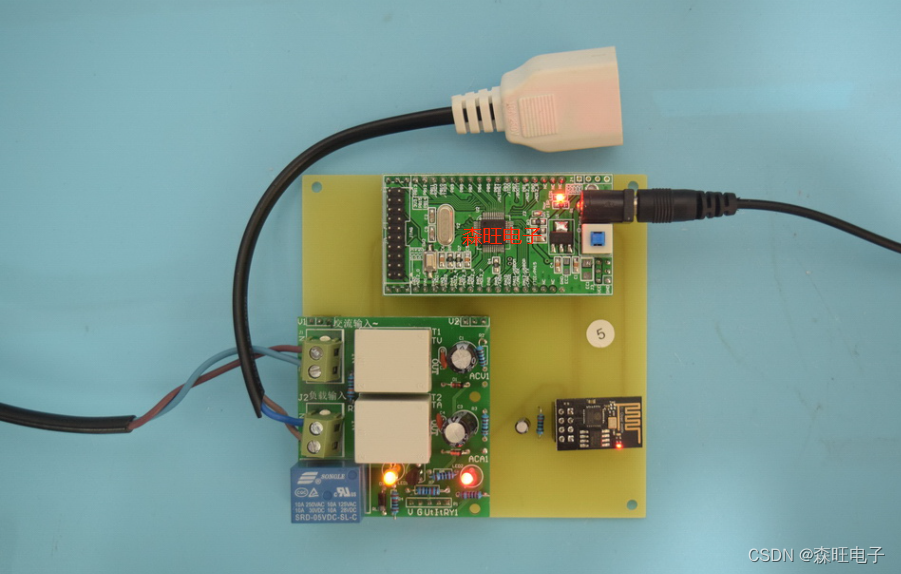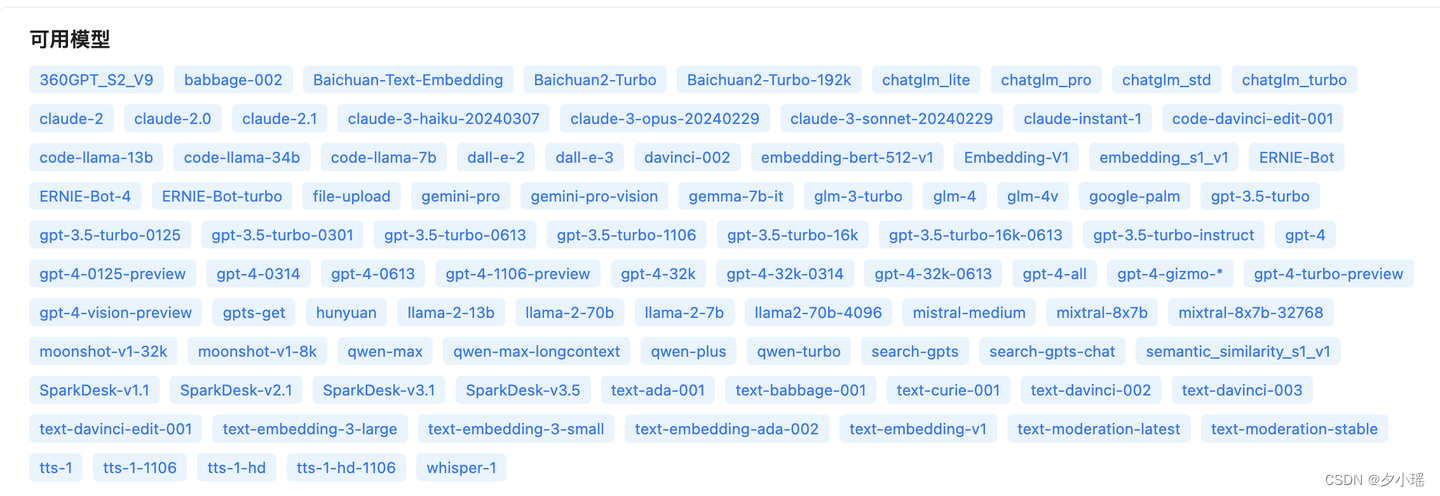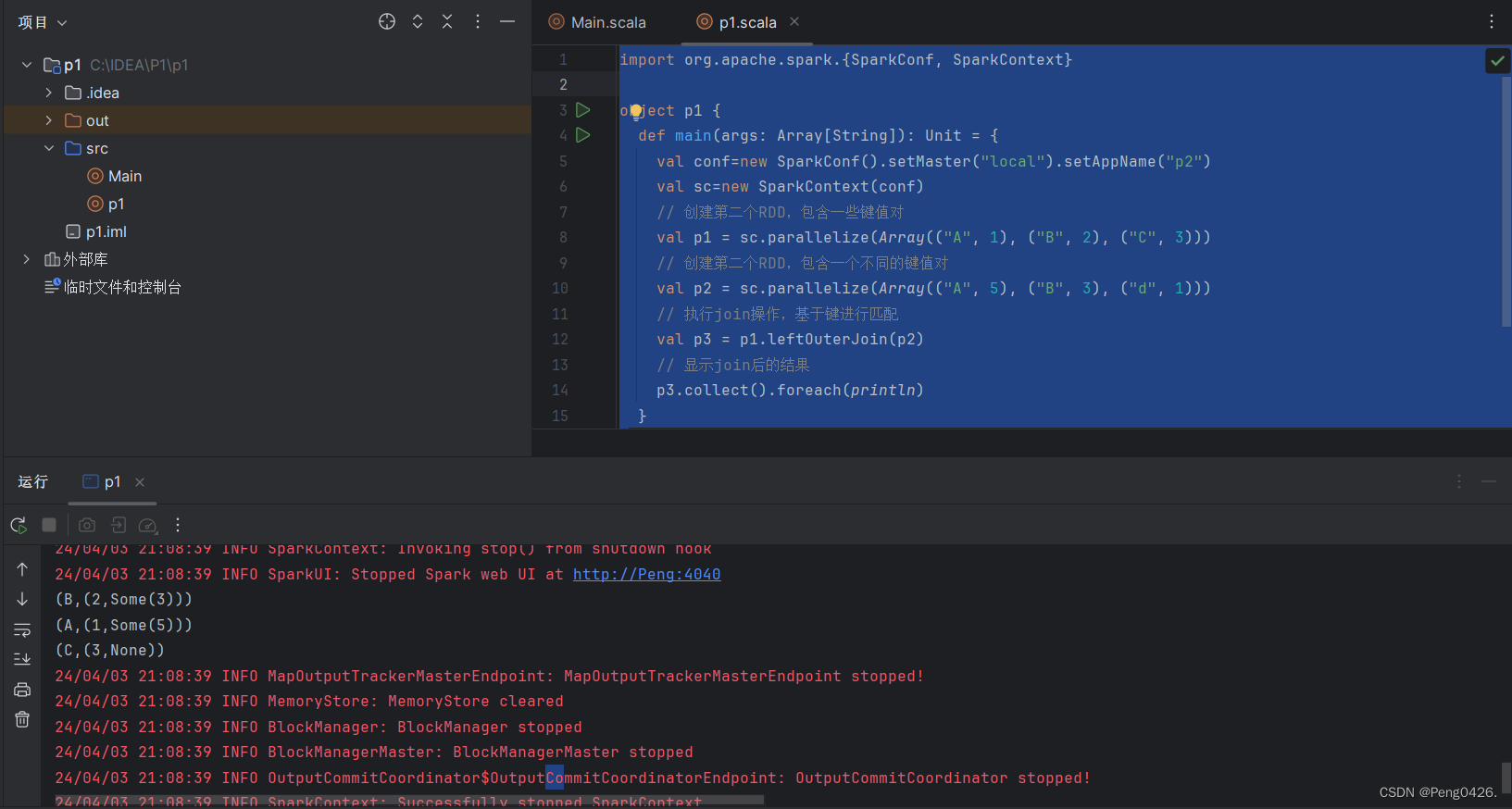cs,表示 Cell 数组的引用;b,表示获取的 base 值,类似于 AtomicLong 中全局变量的 value 值,在没有竞争的情况下数据直接累加到 base 上,或者扩容时,也需要将数据写入到 base 上;v,表示期望值;m,表示 Cell 数组的长度;a,表示 当前线程命中的 cell 表格。
public void add(long x) {
Cell[] cs; long b, v; int m; Cell c;
// 首次首线程 ((cs = cells) != null) 一定是false;此时走 casBase(long cmp, long val) 方法,当且仅当 cas 失败的时候,才会走到 if 中。
if ((cs = cells) != null || !casBase(b = base, b + x)) {
// getProbe(); 的返回的是线程中 threadLocalRandomProbe 字段,它是通过一个随机数字段,对于一个特定的线程这个值是固定的(除非刻意修改它)
int index = getProbe();
// true,无竞争;false,表示竞争激烈,多个线程 hash 到同一个 Cell,可能需要扩容
boolean uncontended = true;
// 条件一:Cell[] 为 null
// 条件二:一般不会出现
// 条件三:当前线程所在的 cell 为空,说明当前线程还没有更新过 Cell,应初始化一个 Cell
// 条件四:更新当前线程所在的 cell 失败,说明现在竞争很激烈,多个线程 hash 到了同一个 Cell,应扩容
if (cs == null || (m = cs.length - 1) < 0 ||
(c = cs[index & m]) == null ||
!(uncontended = c.cas(v = c.value, v + x)))
// longAccumulate(long x, LongBinaryOperator fn, boolean wasUncontended, int index)
longAccumulate(x, null, uncontended, index); // x,一般默认都是1;fn,默认是 null,uncontended,如果是第四个条件,那就是false。
}
}
final void longAccumulate(long x, LongBinaryOperator fn,
boolean wasUncontended, int index) {
if (index == 0) {
// 如果 index 是0,那就强制为当前线程初始化
ThreadLocalRandom.current(); // force initialization
// getProbe(); 获取当前线程的 hash 值
index = getProbe();
wasUncontended = true; // true,表示无竞争,重新计算了当前线程的 hash 值后认为此次不算是一次竞争,因为都还没有进行初始化,肯定还不存在竞争激烈
}
// collide 表示扩容意向,false 表示一定不会扩容, true 表示可能会扩容
for (boolean collide = false;;) { // True if last slot nonempty
Cell[] cs; Cell c; int n; long v;
// 第一种情况:Cell[] 数组已经被初始化了
if ((cs = cells) != null && (n = cs.length) > 0) {
// 当前前程的 hash 值运算后映射得到的 Cell 单元为 null,说明该 cell 没有被使用过
if ((c = cs[(n - 1) & index]) == null) {
// cellsBusy,初始化 cells,或者扩容 cells 需要获取锁。0,表示无锁状态。1,表示其他线程已经持有了锁。
if (cellsBusy == 0) { // Try to attach new Cell
Cell r = new Cell(x); // Optimistically create
// casCellsBusy(),通过 cas 操作修改 cellsBusy 的值,cas 成功代表获取锁,返回 true
// 尝试加锁,成功后 cellsBusy = 1
if (cellsBusy == 0 && casCellsBusy()) {
try { // Recheck under lock
Cell[] rs; int m, j;
// 在有锁的情况下再检测一遍之前的判断
if ((rs = cells) != null &&
(m = rs.length) > 0 &&
rs[j = (m - 1) & index] == null) {
rs[j] = r; // 将 Cell 添加到 Cell[] 数组中
break;
}
} finally {
cellsBusy = 0;
}
continue; // Slot is now non-empty
}
}
collide = false;
}
// 这个分支,表示我竞争失败了,将 wasUncontended = true; 执行 index = advanceProbe(index); 重新竞争
else if (!wasUncontended) // CAS already known to fail
wasUncontended = true; // Continue after rehash
else if (c.cas(v = c.value,
(fn == null) ? v + x : fn.applyAsLong(v, x)))
break;
// NCPU,当前计算机 CPU 的个数,Cell 数组扩容时会用到
else if (n >= NCPU || cells != cs) // 如果 n = cs.length 大于了 CPU 的数量或者 cells 和我们的 cs 不是同一个,那就别扩容了
collide = false; // At max size or stale
else if (!collide)
collide = true;
else if (cellsBusy == 0 && casCellsBusy()) {
try {
// 当前的 cells 数组和最先赋值的cs是同一个,代表没有被其他线程扩容过
if (cells == cs) // Expand table unless stale
cells = Arrays.copyOf(cs, n << 1); // 按位左移1位,相当于扩大为原来大小的两倍,扩容后再将原先的数组元素拷贝到新数组中
} finally {
cellsBusy = 0; // 释放锁
}
collide = false;
continue; // Retry with expanded table
}
// advanceProbe(index); 重置当前线程的 hash 值
index = advanceProbe(index);
}
// 第二种情况:Cell[] 数组还没有进行初始化,尝试对它加锁,并首次 Cell[] 数组初始化
else if (cellsBusy == 0 && cells == cs && casCellsBusy()) {
try { // Initialize table
if (cells == cs) {
Cell[] rs = new Cell[2];
rs[index & 1] = new Cell(x);
cells = rs;
break;
}
} finally {
cellsBusy = 0;
}
}
// 第三种情况:Cell[] 数组正在进行初始化的时候(第二步还没有完成,其他线程来了),则尝试直接在基数 base 上进行累加操作,兜底的操作
// Fall back on using base
else if (casBase(v = base,
(fn == null) ? v + x : fn.applyAsLong(v, x)))
break;
}
}
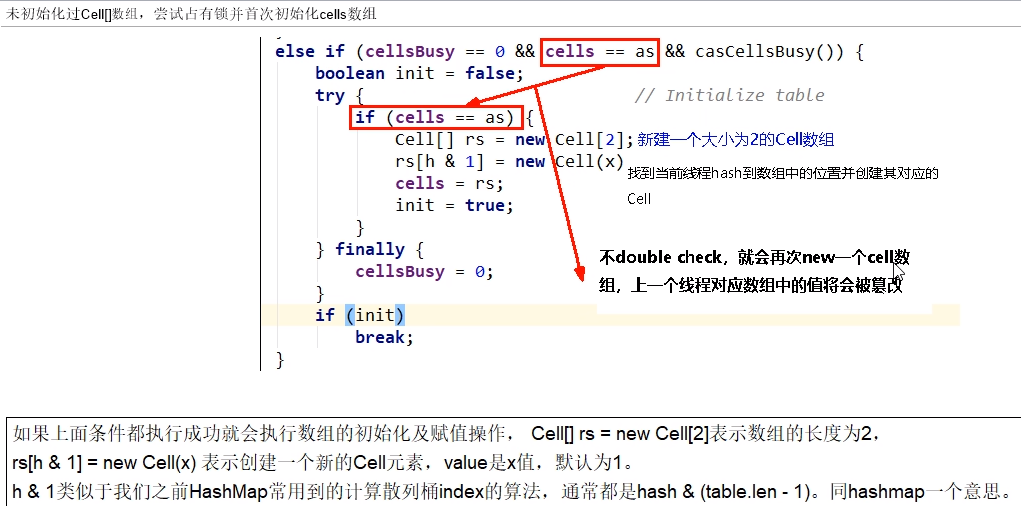
static final int getProbe() {
return (int) THREAD_PROBE.get(Thread.currentThread());
}
看下里面的 THREAD_PROBE,在 jdk8 中用的是 UNSAFE 类,这里是 MethodHandles.lookup()。
MethodHandles.Lookup l = MethodHandles.lookup();
THREAD_PROBE = l.findVarHandle(Thread.class, "threadLocalRandomProbe", int.class);
左移(<<)规则:符号位不变,高位溢出截断,低位补零。比如 -1 << 2 = -4 (为方便讲解,图示的补码为-1)

位运算规则:
Java数值运算过程中都是先将十进制转换为二进制然后再进行运算,再把二进制数据转换为十进制展现给用户。二进制运算规则如下:
1、对于有符号的而言,最高位为符号位,0表示正数,1表示负数。
2、正数的原码,反码和补码都一样,三码合一。
3、负数的反码:符号位保持不限,其他位取反,负数的补码:补码 + 1。
4、0的反码和补码都是0。
下面以 -1 为例子展示原码、反码和补码的转换关系(以int数据类型为例,int类型在Java中占4字节):

